Tabriz City: Explore the Historic City Through Marco Polo’s Journey
Initiation:
This project is written by a fellow traveler who, together with Marco, flips through the pages of culture and history to find surprising issues in the land of Iran. From reality to legend, places to individuals, nature to human inventions. It resembles when Marco dictated the introduction of his travelogue to an Italian writer, Rustichello Da Pisa, and he wrote it on the skin with a goose feather dipped in ink then it came down to us over time.
Emperors, kings, dukes, officials, valiant soldiers, heroes, and all individuals who are eager to gain knowledge about the human race. Furthermore, with a keen interest in learning about the nations, kingdoms, states, and territories, this book will introduce you the most admirable individuals. Particularly in Armenia, Iran, India, and Tatar, which are a mixture.
In 1260, the Venetian brothers Maffeo, Niccolò, and his son Marco decided to expand their trade from Constantinople to the East. At this time, the Polo brothers went to Bukhara from the south of Russia for the first time, which was the Islamic trading center. In Bukhara, they accidentally met a group that was going to the court of Kublai Khan Mongol, who was a descendant of Genghis Khan, the new Khagan and the founder of the Yuan dynasty in China. The Ilkhanate dynasty in Iran was founded by his brother Hulegu Khan. At the suggestion of this delegation, they arrived at the court of Kublai Khan after a year of travel. They stayed in China for a year, then they were assigned by Kublai Khan to go to Venice and ask the Pope to improve Christianity in China. Their travel to Venice lasted three years, then in 1271 they started their journey to China, passing through Iran to reach their destination and reaching China in the spring of 1375. Now we are traveling with Marco Polo to share what he has seen and heard.
The first destination is Tabriz City
There exist three distinct roads for traveling to China. The first and second ways are via land. We choose to travel by sea, located in the south of Hormuz. The first city we encountered in Iran was Tabriz, which we passed through Dogubayzit. Dogubayzit is a strategic place between East and West, and there is an Ishaq Pasha palace in different styles of Iranian, Seljuk, and Ottoman architecture in this city. During our journey, we must traverse Ararat, which is regarded as one of the most renowned mountains in the world. According to legend, Noah’s ark sank adjacent to this mountain following the storm, and shepherds observed Noah’s ark among the inaccessible rocks of Ararat. Armenians also believe that Ararat is impossible to climb due to evil spirits.
Now, we have reached Tabriz with Marko, the city where the Russians wrote the letter (v) instead of the letter (b) when writing its information, and it was called Tavriz. Seven years before we arrived in this city, the capital of Ilkhanate, which was Maragheh during the time of Ghazan khan was moved here. Tabriz is safe because of submission to the Mongol patriarchs and is the most important station between Istanbul and India.
At this time, the most important commodities of Tabriz are pearls, and trade goods from India, Baghdad, Mosul, and Hormuz. In this city, you will find perfume, spices, silk, coral, amber, rice, gold, and silver, as well as the skin of a goat, squirrel, otter, and leopard. The individuals derive income from the art of weaving gold and silk cloth.
Tabriz imports Venetian cotton fabrics from Italy, while its exports consist of silk.
Years before we arrived in Tabriz, the Venetians had a business here. According to the will of Pietro Viglioni in 1264, he was the first European resident of Tabriz. The Venetians now have ships in the Caspian Sea, and their goal is to take over all of India’s trade with the West through Iran. Apart from Marco’s fellow citizens, some people from the Republic of Genoa came to serve the Ilkhani and sent them to the European embassy. During Arghun’s time, a successful merchant from Pisa was seen in Tabriz, who supported the Roman-Catholic establishment in Iran, and his name was Julius.
In Tabriz, we encounter the adherents of the aesthetically pleasing Greek Orthodox Church and the Armenian Church. There are many religious differences here, and everyone is opposed to the other. The exiled Nestorians have arrived in Iran, and Jacobites have also been included. This may be why most Christians differ from Marco in terms of religion. In Tabriz City, there are two monasteries. In Holy Barsamo monasteries, there is a great monk from the Carmelites. This monastery has many monks who weave beautiful woolen belts that would be placed on the altar of Barsoamo in religious ceremonies. They give these belts that relieve body pain to friends and people. In Tabriz, a man bearing the identical name, a Nestorian monk from China, has been commissioned by Kublay to visit Jerusalem.
There exists a Persian tribe in Tabriz, which we guess means Zoroastrians. In the Zoroastrians religion, a woolen belt is woven, as a sign of good thoughts, good deeds, and good words, and it is wrapped around the waist three times.
To be continued…
Ava Tabatabaei
Content Manager
Gate of Nations GmbH

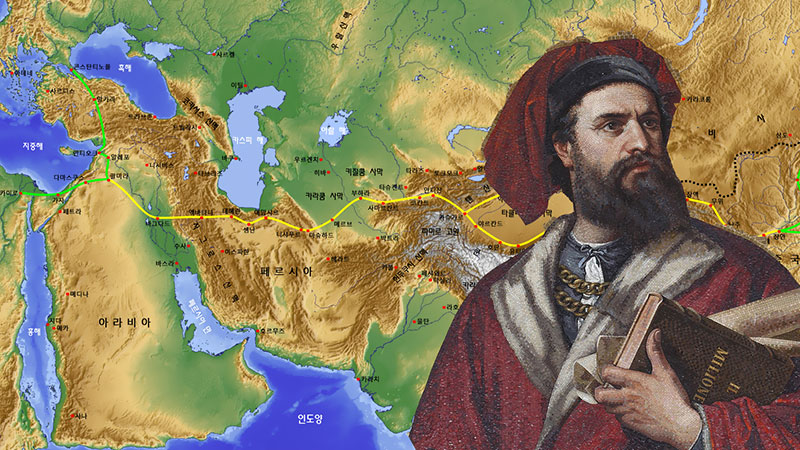
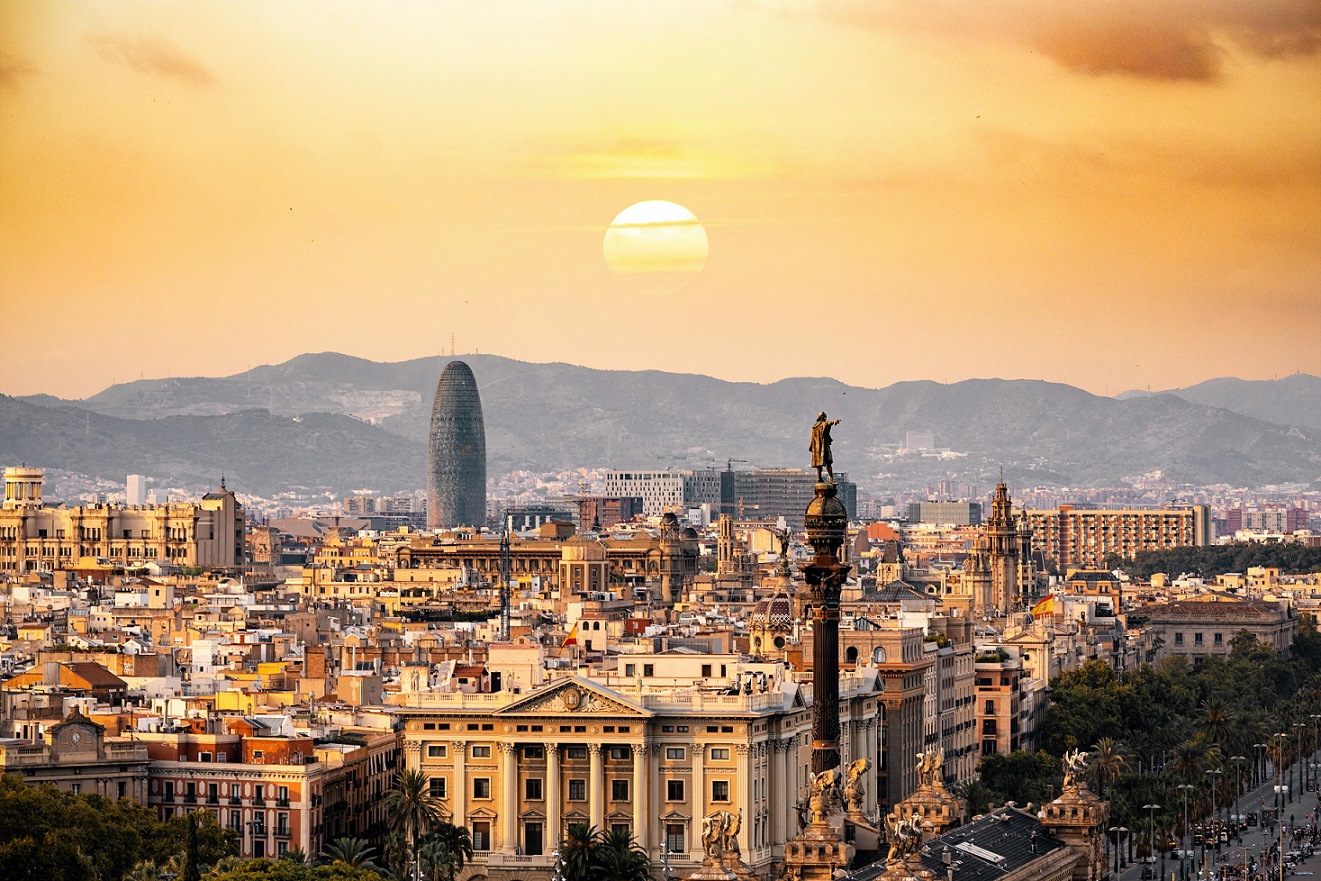

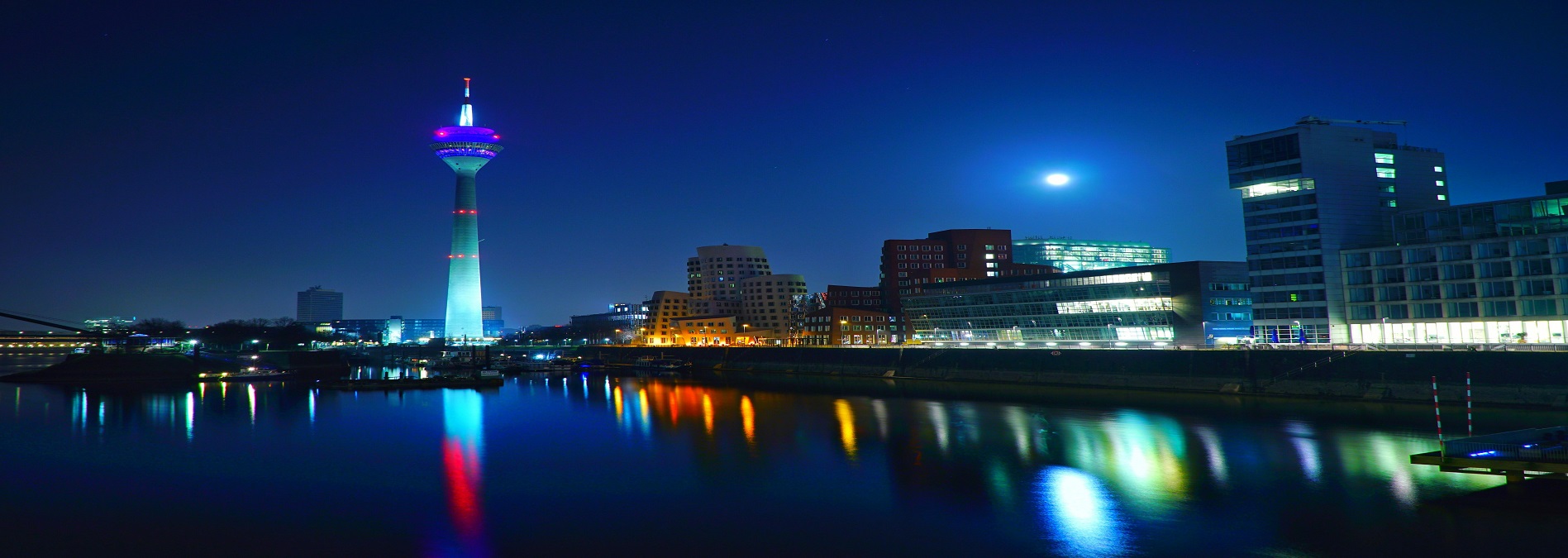
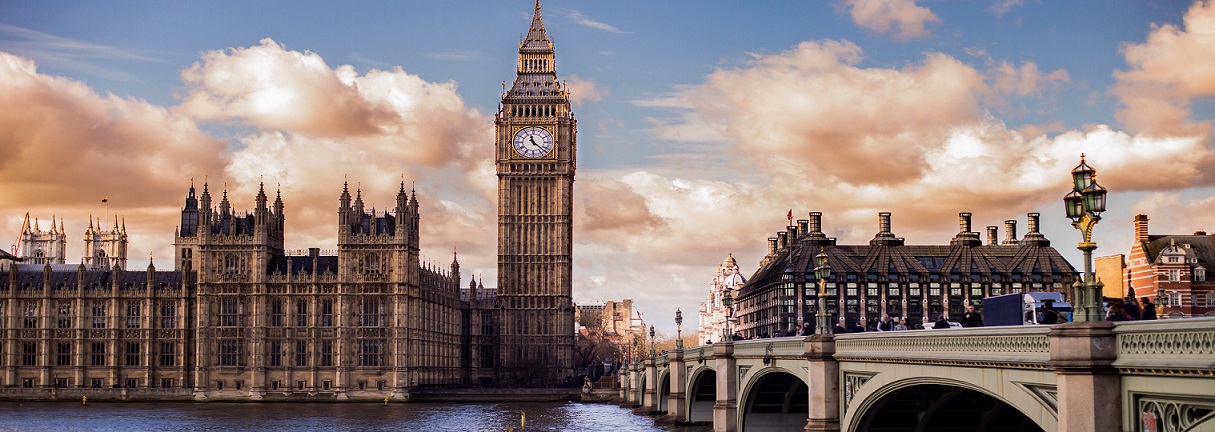
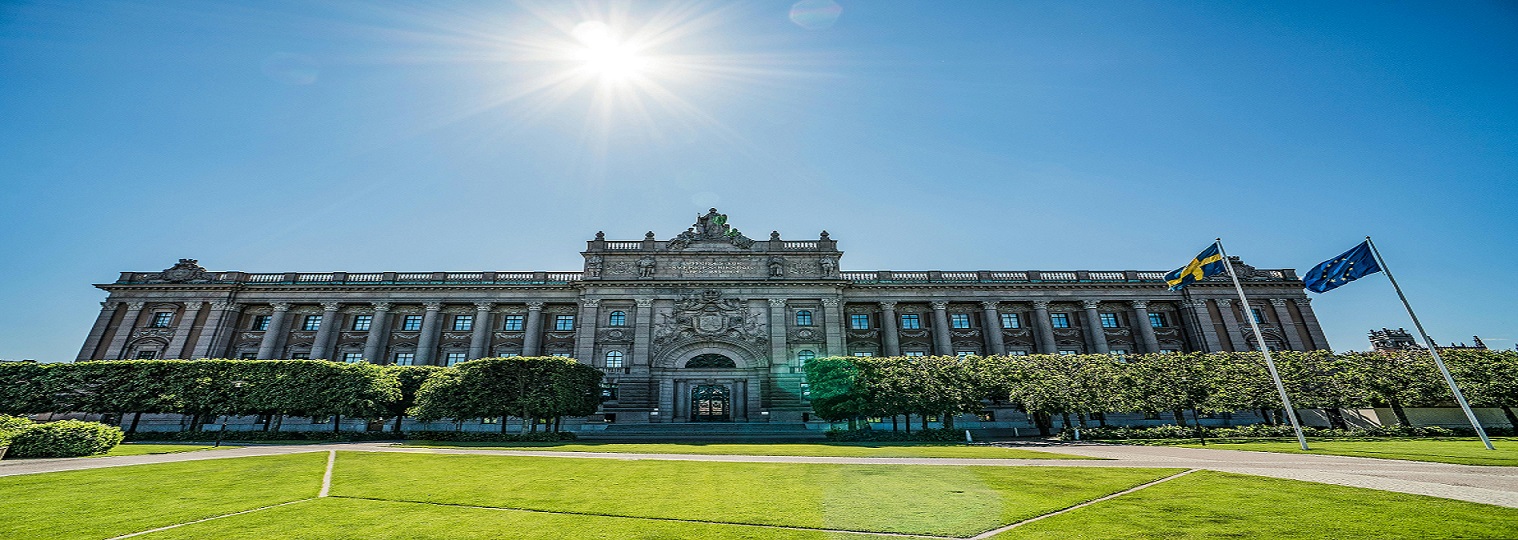



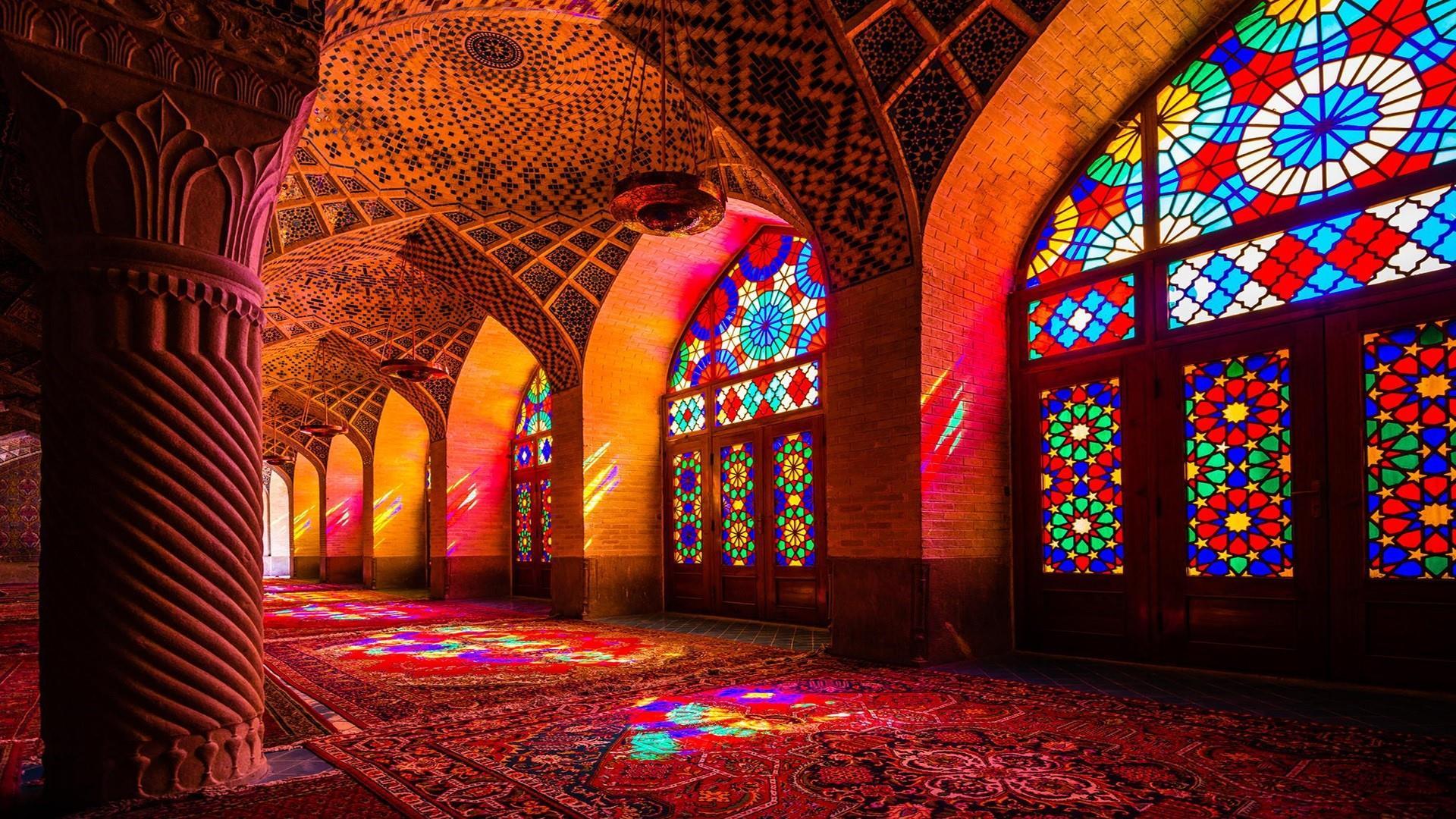

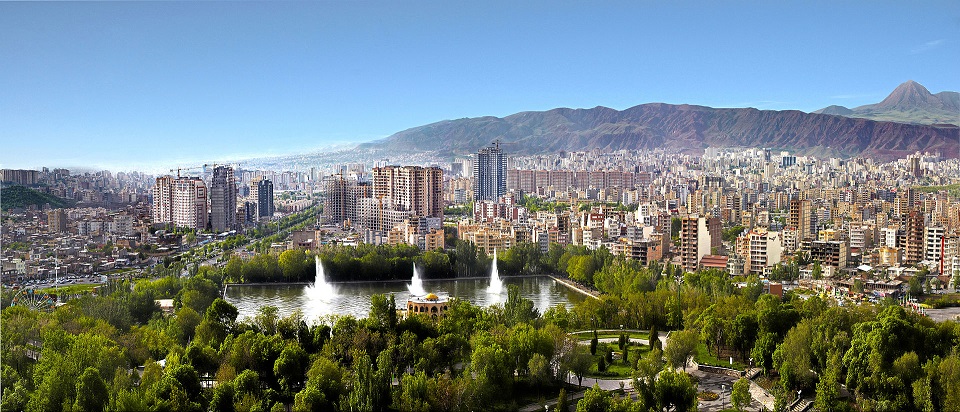
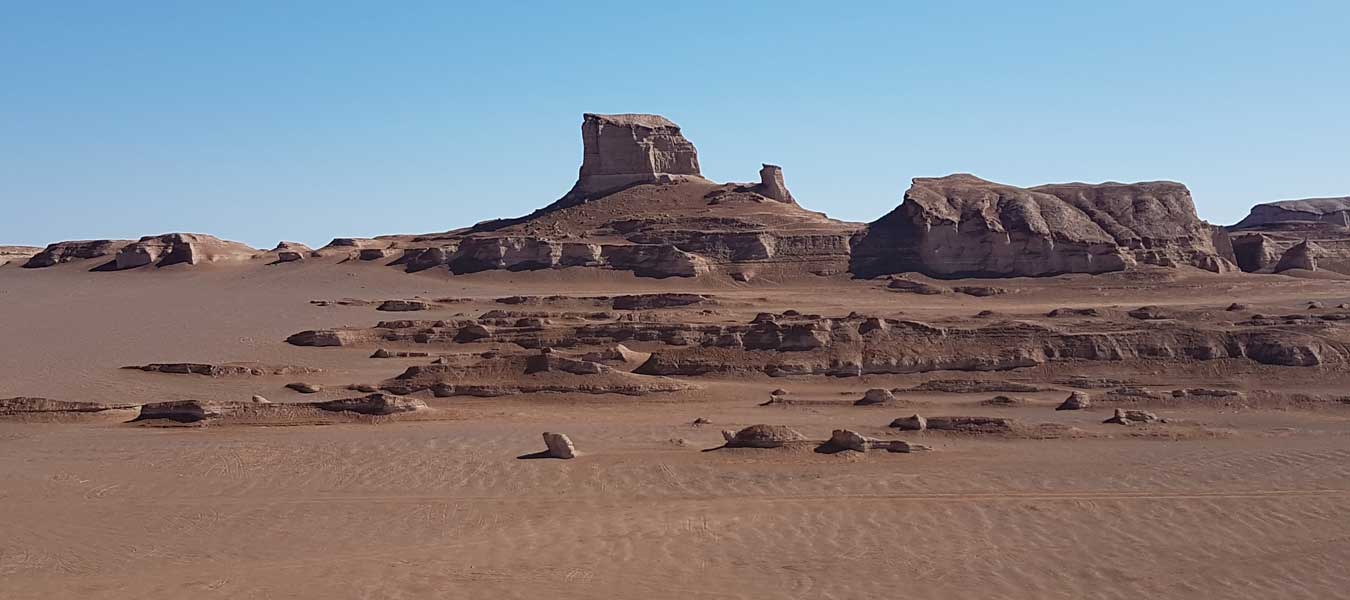

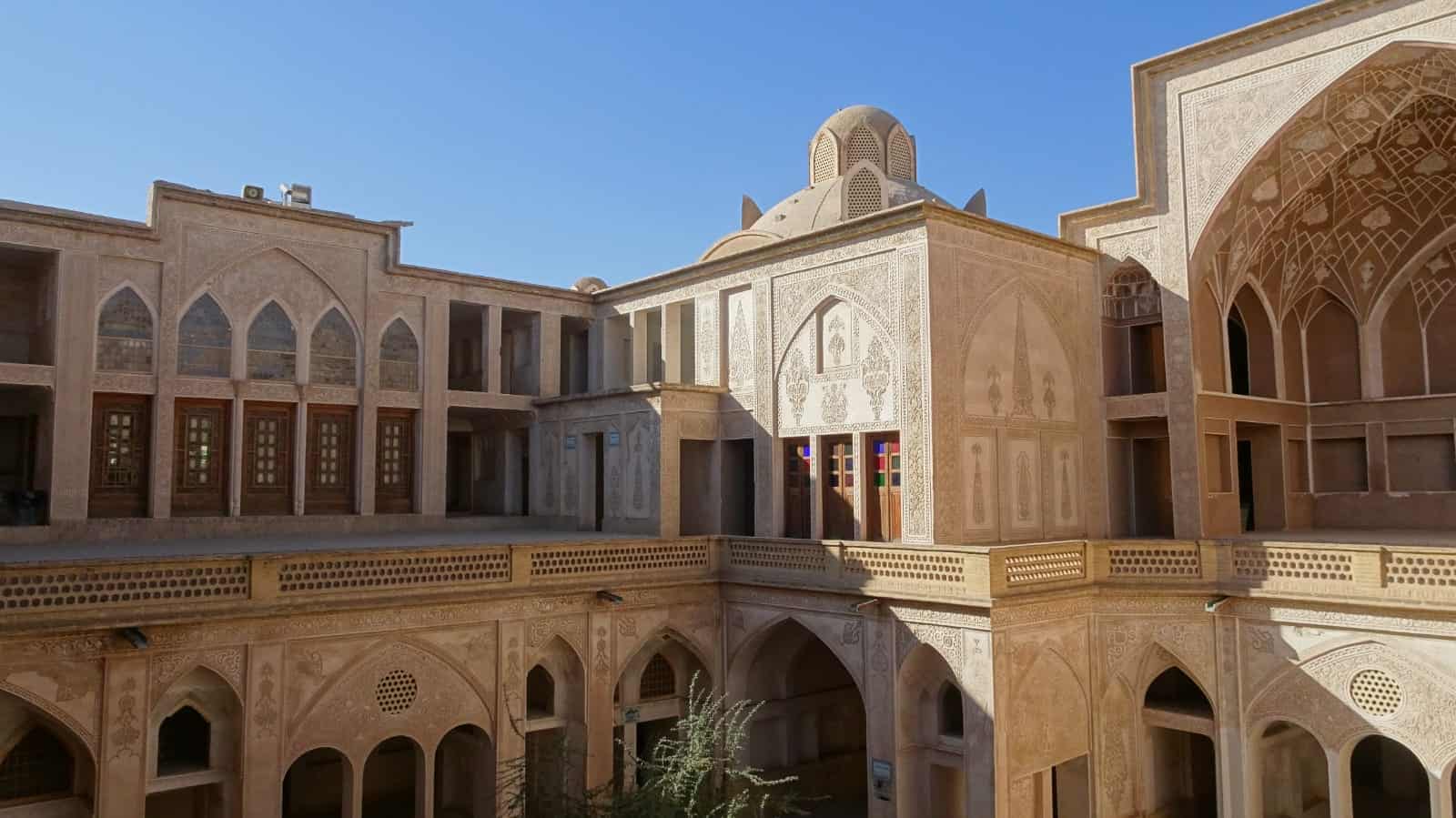
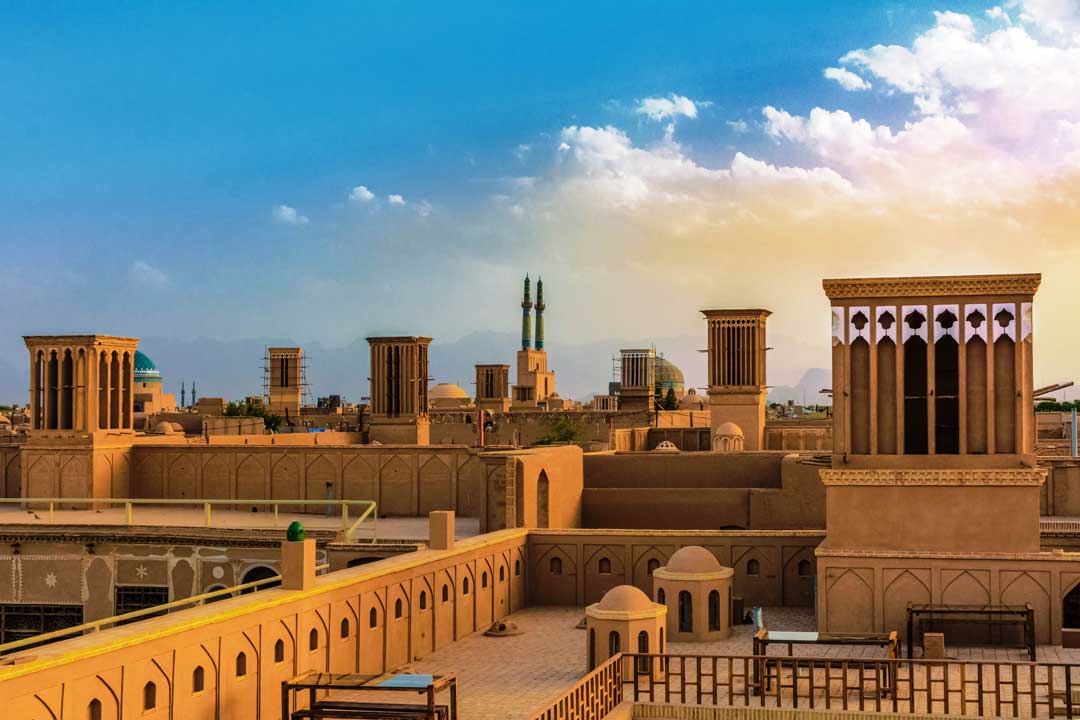
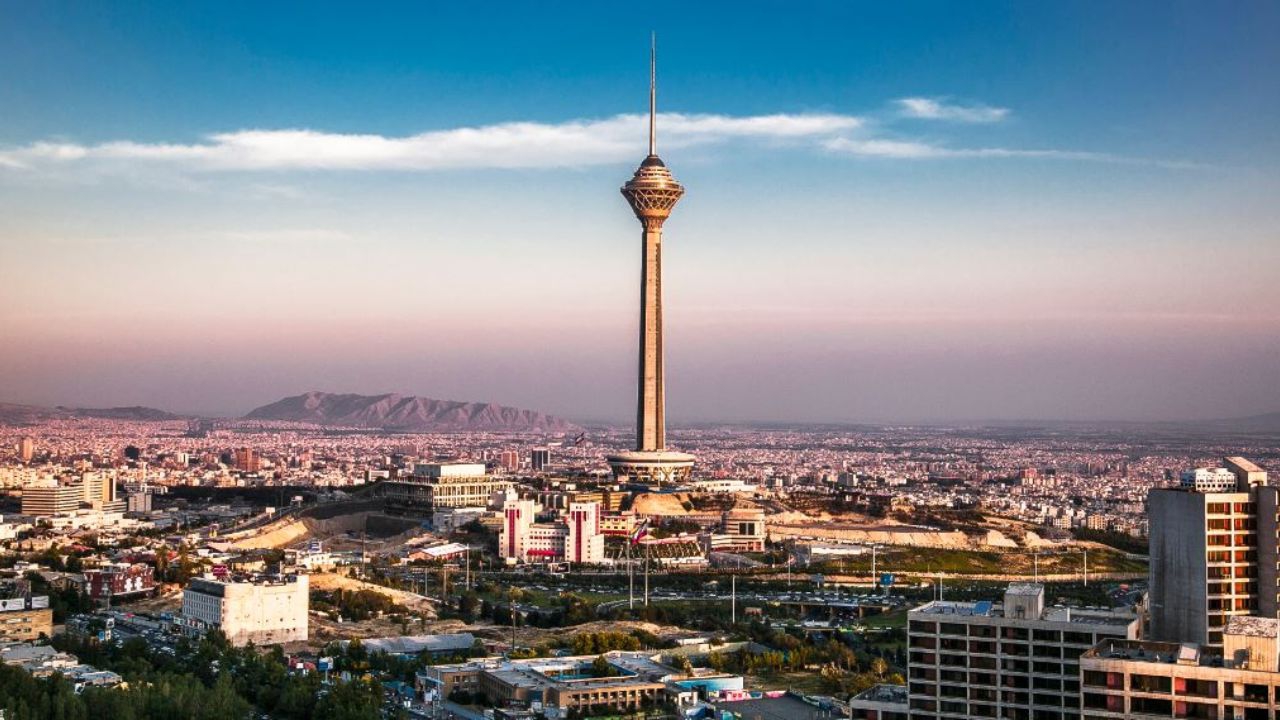
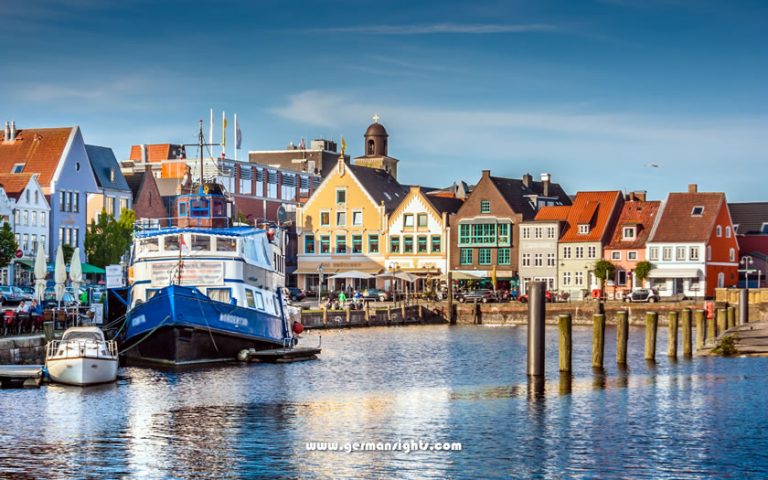
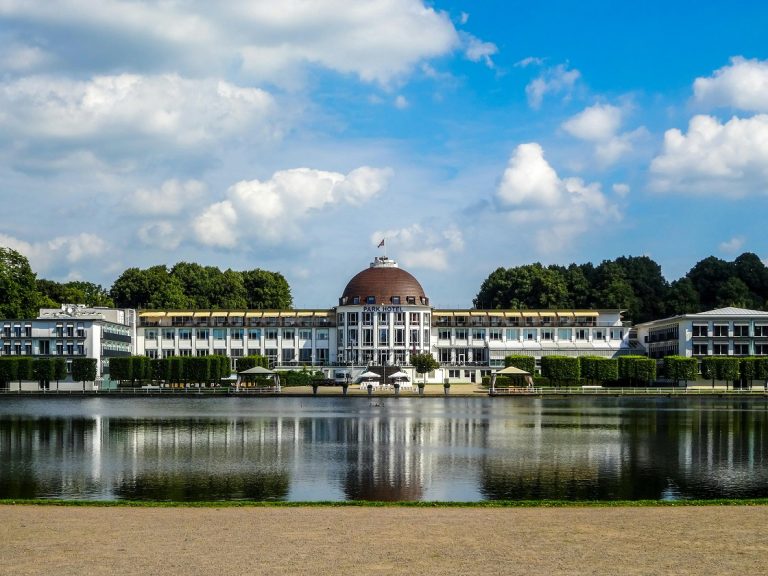

Leave a reply